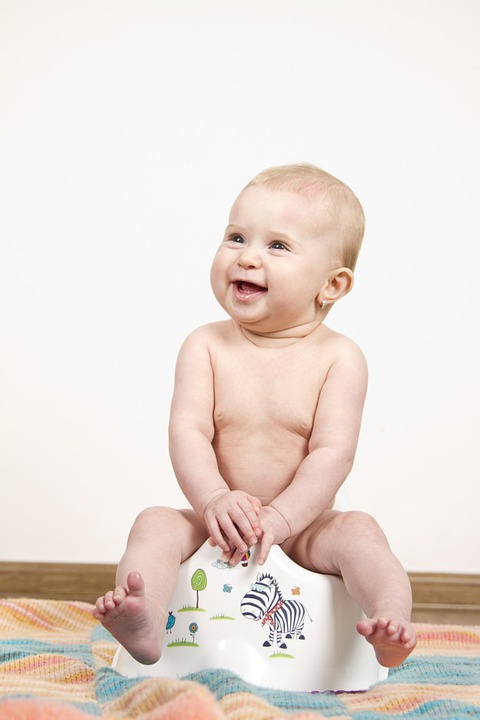When are they ready? Should I keep their nappy on at night-time? Should I reward them?
There are so many questions when it comes to potty-training your child. It can be a crappy task, but Parenting Expert Margaret Saunders has some great advice to help the transition become a wee bit easier.
Whilst some people say two is a good age and others say three, Ms Saunders said there was no ‘perfect’ age and parents shouldn’t feel pressured from peers or family. Instead, they should wait until their child was ready.
“Each child should be toilet trained when they are ready, not at a certain age, or because your friends have children who are already toilet trained and yours isn’t. Toilet Training isn’t a competition,” she said. “The best advice I was ever given as a parent was from a father of a toddler who said, ‘all I know is by the time they go to school, they talk, they do things for themselves and they are toilet trained!’”
Ms Saunders said there were signs parents can look for to determine if their child was ready to make the switch from nappies to knickers.
“ (Does your child have) bladder control. Does your child urinate a good deal at one time, rather than dribbling throughout the day? Does your child stay dry for long periods of time? And is she/he aware that he is about to urinate?,” she said.
“(Are they) physical ready? Does your child have enough finger and hand co-ordination to pick up objects easily? Does your child walk from room to room easily and without the need of assistance?”
Ms Saunders said children should also be able to follow instructions.
“To test if your child is ready for this, ask them point to their nose, point to their eyes, point to their mouth, walk to another room and stand by a couch, bring an object such as a teddy bear to you from another room, and can they carry out a series of instructions such as, ‘put your teddy next to your boat.’”
Understanding potty language is also important. Ms Saunders also said children should be able to say, and know the words ‘wet’, ‘dry’, ‘stand up’, ‘sit down,’ ‘empty’, ‘wee’ and ‘poo.’
Once a parent has determined if their child is ready, there are several ways to teach the techniques.
Ms Saunders teaches a one-day fun but intense method, but said it can be modified to take a few days longer.
The method involves the child teaching a doll or a teddy bear to go to the toilet and, in doing so, working out for themselves how to use the toilet when prompted by an adult. If the child uses the potty correctly, they are then rewarded.
“Your child would teach all the steps of going to the toilet to their doll or teddy, such as taking them to the toilet/potty, pulling down their pants, doing a wee into the toilet/potty, wiping, pulling up pants and washing hands,’ she said. “It’s also a lot of fun. It makes toilet training into a game.
Ms Saunders said completing the potty-training process was a fabulous milestone for both child and parent.
“Toilet training is a fabulous mile stone. It’s exciting to hear you little one say “Mummy, Daddy, I’ve been to the toilet” as you hear the flush of the toilet!”
Satisfaction all around!
Margaret Saunders can be contacted at www.BedtimeAndToiletTrainingSolutions.com.au








